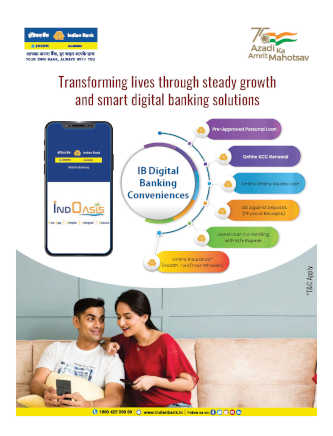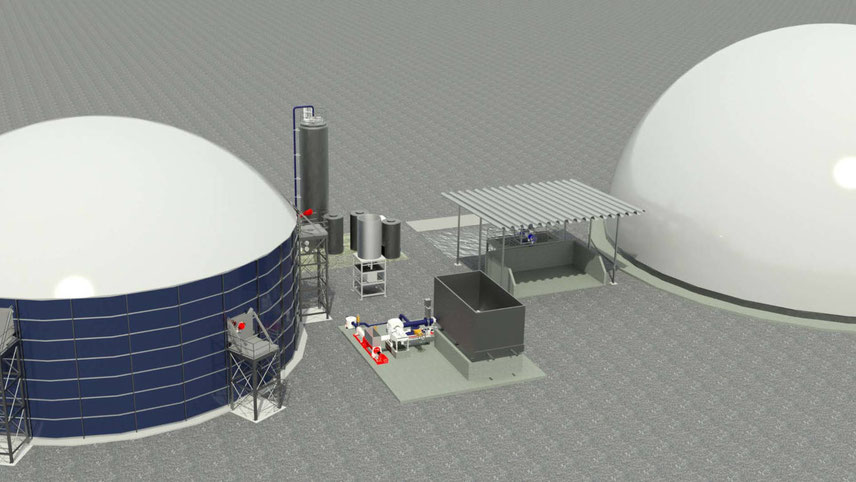
Whether one is thinking about climate innovation in terms of carbon footprint, India’s ‘nationally determined contributions’ (NDCs), a 2°C future, or the realities of climate change on society, one thing is clear: the technologies and business models of yesterday are inadequate to secure a low-carbon tomorrow. Climate innovations will be critical to real market transformation. At the same time, these innovations -- think everything from grid management software to waste heat recovery systems for industrial processes or EVs to LED light bulbs -- by virtue of their name, tend to be disruptive in nature and nascent in scale. They often struggle to gain traction, even as climate science is widely accepted and businesses declare ambitious climate mandates and ‘net zero’ goals. To achieve the ‘diffusion of innovation’, we need to propel nascent climate solutions and start-ups through the scale-up process faster than would otherwise happen, if left to market dynamics. Collaborating with industry can provide start-ups with a valuable opportunity to accelerate their learning and deployment process and achieve meaningful scale. For start-ups, particularly those that are deployment-ready (TRL 6 and above), there are some clear benefits to working with established corporates. Climate innovators deeply understand the fundamentals of the technology; however, they tend to have a theoretical perspective of their customers' business processes, compunctions and the financial and operational implications of their product at the point of use. They often implement business models that are well-known and have succeeded in other markets, without regard to the specific constraints of their own product, market or customer. Partnering with or selling to a large corporate facilitates a fundamental understanding of their product (in light of actual use cases), the real value proposition and the barriers to overcome for adoption on the ground. In addition to a more nuanced understanding of customer needs, these cases help establish important relationships and provide a valuable pathway to onboard other customers with similar needs and profiles. While these partnerships bring significant market clarity and help drive traction, there are some non-trivial challenges around industry adoption. Potential corporate customers, while interested in new technologies and cost savings, are risk-averse; untested technologies interacting with expensive capital assets could have adverse impacts on production processes. Any novel innovation that is not truly fit for purpose or malfunctions can be dangerous if not fully stress-tested and could result in considerable business implications including reducing margins, shutting down production, injuring staff, damaging other equipment, reputational damage and even making the business non-viable. Seen by the market as only half-proven, customers are not ready to take on these novel technologies and solutions. This is exacerbated by high integration-cost, uncertainty about the start-up's capacity to manufacture at scale and a lack of timely maintenance. Many businesses run simultaneous processes with the new technology and continue to pay and use existing technology for business continuity. Given the costs, potential customers wait for others to test the product.
























